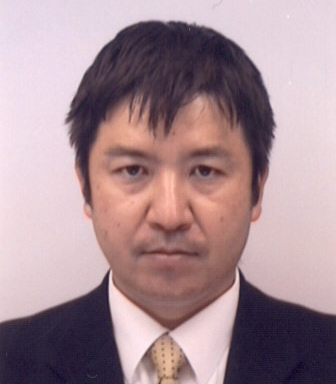Research Areas
-
Life Science / Medical management and medical sociology
-
Life Science / Hygiene and public health (non-laboratory)
-
Life Science / Hygiene and public health (laboratory)
-
Life Science / Sports sciences
-
Humanities & Social Sciences / Education

